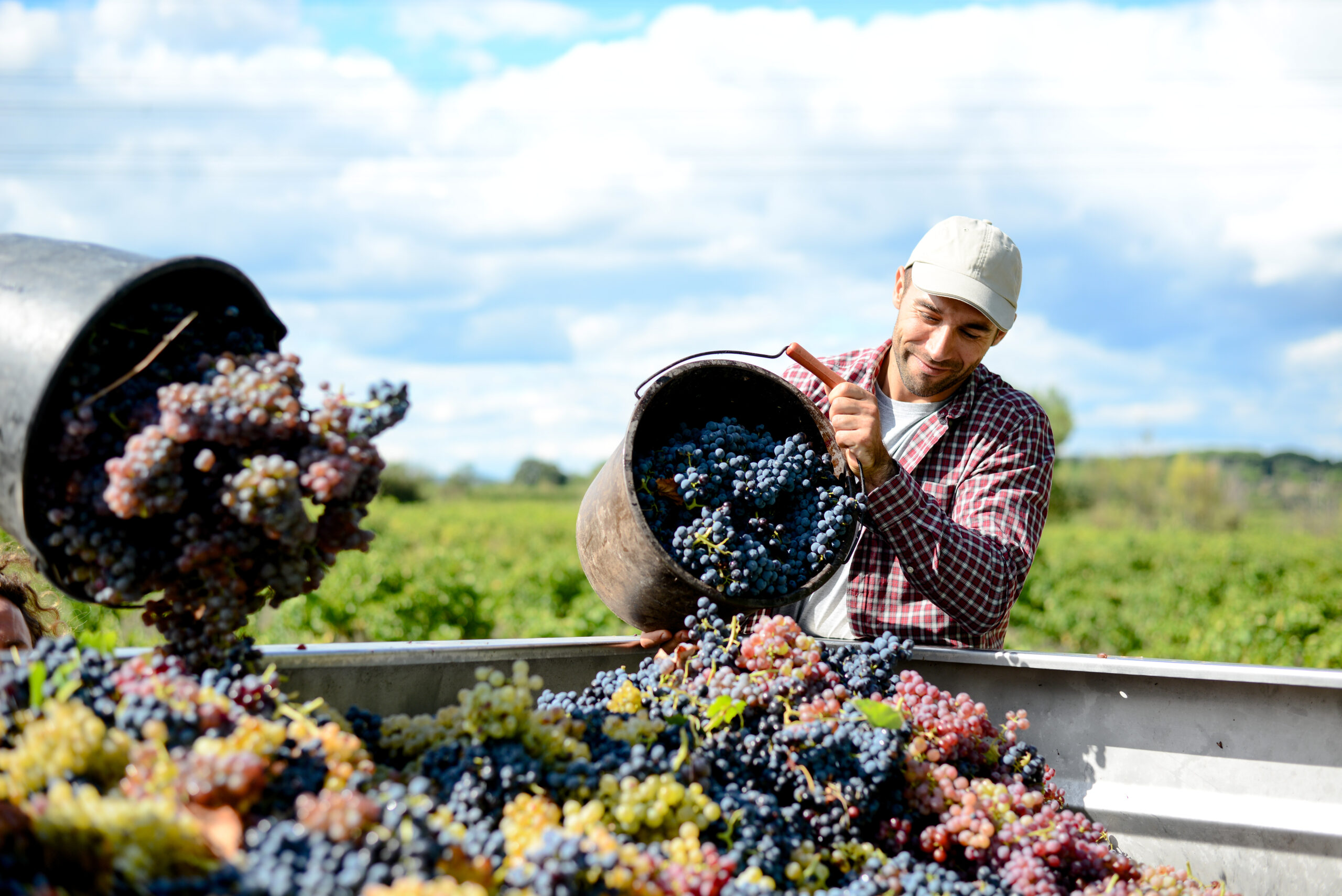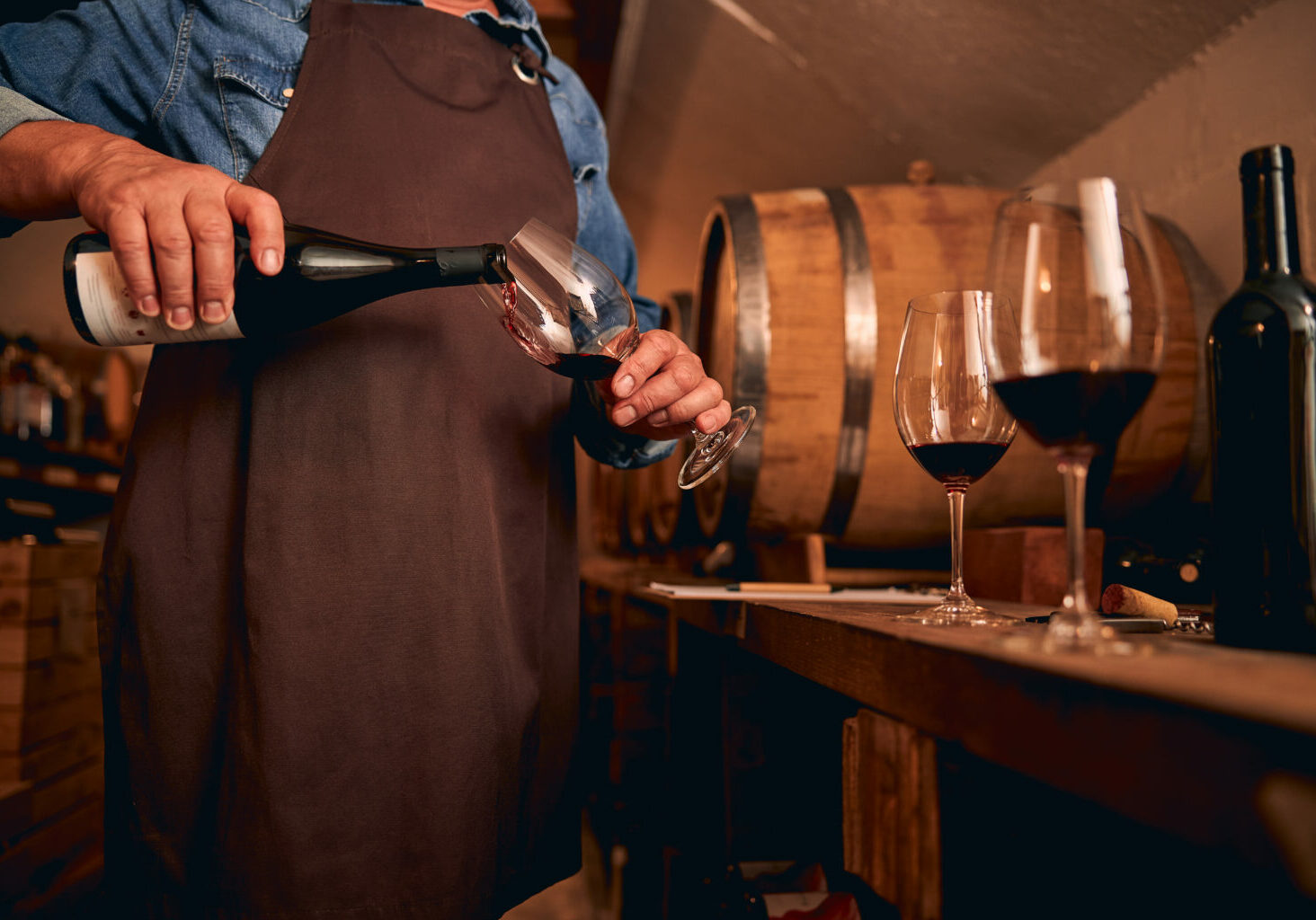Last Updated on June 16, 2023 by
There’s more to brand building than meets the eye.
It’s not just about crafting a visually appealing logo or a catchy slogan—it’s about weaving a compelling narrative that connects with your audience on a deeper level.
If you’re a marketing professional or business owner in the wine and craft industry, you know that authenticity in storytelling can make all the difference. But how do you tell this authentic story about your wine brand? Will your customers love it? Let’s dive deeper and discover the power of authentic brand storytelling.
The Connection Between Branding and Storytelling
Branding and storytelling are two sides of the same coin. Your brand is not merely a name or a symbol—it’s the story that people associate with your products or services.
Branding, at its core, is about crafting an identity, a persona that goes beyond the surface-level elements of logos or color schemes. Meanwhile, storytelling adds depth to this persona, infusing it with emotion, history, and values. It’s a narrative that extends your brand beyond a product or service and connects it to your audience on a human level.
In a Legends Behind The Craft podcast episode, Nick Buzzell, Chairman & CEO of NBTV, Spirits Network, beautifully captured this essence, saying, “People don’t buy what you do; they buy why you do it. The goal is not to do business with everybody who needs what you have; the goal is to do business with people who believe what you believe.”
In the wine and craft industry, the marriage of branding and storytelling takes on an even deeper meaning. The narrative here is often ripe with rich history, a deep connection with the land, and an artistry in the creation process – elements that speak directly to the heart of the consumer. Whether it’s a story of a century-old family vineyard or a small craft brewery turning a passionate hobby into a thriving business, these narratives form a significant part of the brand’s identity.
Understanding Authenticity in Brand Storytelling
It’s not enough to just have a compelling story. The narrative must be authentic and consistently echoed across all branding elements. Buzzell shares, “What you’re looking for is consistency in message, because when people have consistency, they have trust.” Consistency in your brand’s narrative is crucial, as it helps your audience immediately recognize and connect with your brand, thereby building trust and fostering brand loyalty.

Authenticity is a buzzword in today’s marketing world, but what does it truly mean when it comes to brand storytelling? It’s about being genuine and transparent in the stories you tell. It’s about reflecting your brand’s values, mission, and culture through your narrative. Consumers today are savvy—they can sniff out a fabricated story from a mile away. Authentic storytelling is the antidote to consumer skepticism, fostering trust, and strengthening brand loyalty.
Understand that brand storytelling extends beyond just words. It encompasses visuals, social interactions, and even the customer experience. Every touchpoint with the customer is an opportunity to reinforce your brand’s narrative.
This intricate connection between branding and storytelling underscores the importance of having a clearly defined and authentic narrative. As Buzzell notes, “If you don’t understand your brand story, you can’t expect anyone else to.” Understanding and articulating your brand’s story is the first step towards building a powerful, resonating brand that stands out in a saturated market.
So, ask yourself: What’s your brand’s story? How does it connect with your audience? And most importantly, are you telling it authentically?
How to Discover Your Brand’s Authentic Story
Uncovering your brand’s authentic story might seem daunting to some, especially if you don’t know where to start. There are ways to create a compelling wine story, but authenticity should always be at the heart of it. Discovering your brand’s authentic story can also be an illuminating journey. Here’s how you can start doing it for your brand:
Reflect on Your Origins
Every brand has an origin story. Did your vineyard start from a family legacy, or was it born out of a newfound passion for winemaking? What sparked the idea for your craft business? These beginnings are a goldmine for genuine, relatable stories.
Identify Your Core Values
Your values are the guiding principles of your brand. Perhaps your brand values sustainability, promoting organic farming and eco-friendly practices in your winery. Or maybe your craft brand emphasizes artisanal quality over mass production. These values are a vital part of your brand’s story.
Understand Your Unique Selling Proposition (USP)
What sets your brand apart from the competition? It could be your unique wine blend, your innovative brewing process, or perhaps the unique design of your crafts. This uniqueness is a crucial element of your brand’s story.
Recognize Your People
Every brand is driven by people—whether it’s a passionate founder, a dedicated team, or a supportive community. Sharing stories about the people behind your brand can humanize your business and build deeper connections with your audience.

Know Your Audience Better
You’ve probably heard this a thousand times in the marketing field, but it’s important to take this by heart. Your story isn’t just about you—it’s also about your audience. What aspects of your brand resonate most with them? Use customer feedback, reviews, and interactions to understand what parts of your brand story strike a chord with your audience.
Highlight Your Processes
In the wine and craft industry, the creation process often holds intriguing stories. From the vine to the bottle or the concept to the final craft, these processes offer a glimpse into the care, expertise, and dedication that go into your products.
Share Your Successes and Failures
Authentic stories aren’t just about success—they also encompass the challenges and failures along the way. Sharing these experiences can show your brand’s resilience and commitment to growth.
Remember, your authentic brand story is not a marketing gimmick—it’s a genuine representation of who you are as a brand. As you navigate this journey of discovery, stay true to your brand and let your authentic story shine.
Once you’ve discovered your story, weave it into every aspect of your marketing strategy—from your social media posts to your product packaging. Let your story guide the way you communicate with your customers, shaping your brand’s voice and personality.
5 Challenges in Authentic Storytelling and How to Overcome Them
Authentic storytelling isn’t always smooth sailing. You might encounter challenges such as identifying your unique story or fear of being vulnerable. But don’t let these hurdles discourage you. Stay true to your brand’s core and embrace your uniqueness—even if it means standing out from the crowd.
1. Identifying the unique aspects of your brand’s story
In a market saturated with brands boasting age-old traditions, exceptional quality, or unique blends, finding the differentiating factor can be tough. Spend time delving deep into your brand’s roots, values, processes, and people. Your unique story might be hiding in the most unexpected corners.
2. Fear of showing vulnerability
Sharing the not-so-perfect parts of your journey – the setbacks, the failures, and the challenges – can feel risky. However, embracing vulnerability can make your brand more relatable and human. The audience values honesty and transparency, and they connect with brands that aren’t afraid to show their human side.
3. Maintaining consistency
Promoting the same narrative across all touchpoints can also be challenging, especially for brands juggling various channels and platforms. Invest time in ensuring that every customer touchpoint – from your social media posts to your customer service – reflects and reinforces your brand’s story.
4. Changing market trends and consumer expectations
With the ever-changing digital landscape, having consistent messaging can be hard to keep. Adapting your brand story to follow trends can be a challenge. But remember that while trends change, your core brand values and mission should remain steady. These are the foundations upon which your brand story is built. Be flexible in your storytelling techniques and mediums, but stay firm in your brand’s essence.
5. Measuring the impact of your storytelling efforts
While there’s no one-size-fits-all approach to this, look for signs of increased customer engagement and brand recognition. Are people sharing your brand’s story? Are they connecting with your brand on a deeper level? The good news is that it’s easier to measure and see these impacts digitally. Look for signs of increased brand engagement—like more social media comments or direct interactions with your brand. Are people talking about your brand story, or better yet, sharing it?
Authentic storytelling isn’t about crafting a perfect narrative—it’s about sharing your brand’s real, unfiltered journey. And it’s this authenticity that resonates with the audience and builds a loyal, engaged community around your brand.
If you fear vulnerability, remember this—consumers appreciate honesty. They value brands that are open about their journey, their successes, and even their failures. Your authentic story is your strength—it’s what makes your brand relatable and human.
Final thoughts
Brand building and authentic storytelling are more than marketing jargon—they’re critical components of a successful business strategy, especially in the wine and craft industry. It’s about digging deep, uncovering your genuine story, and sharing it with the world.
As a marketer or business owner, you have the power to shape your brand’s narrative. So, start exploring your brand’s authentic story and watch as it transforms your connection with your audience. Remember, your story is what makes your brand uniquely yours—it’s time to let it shine!
